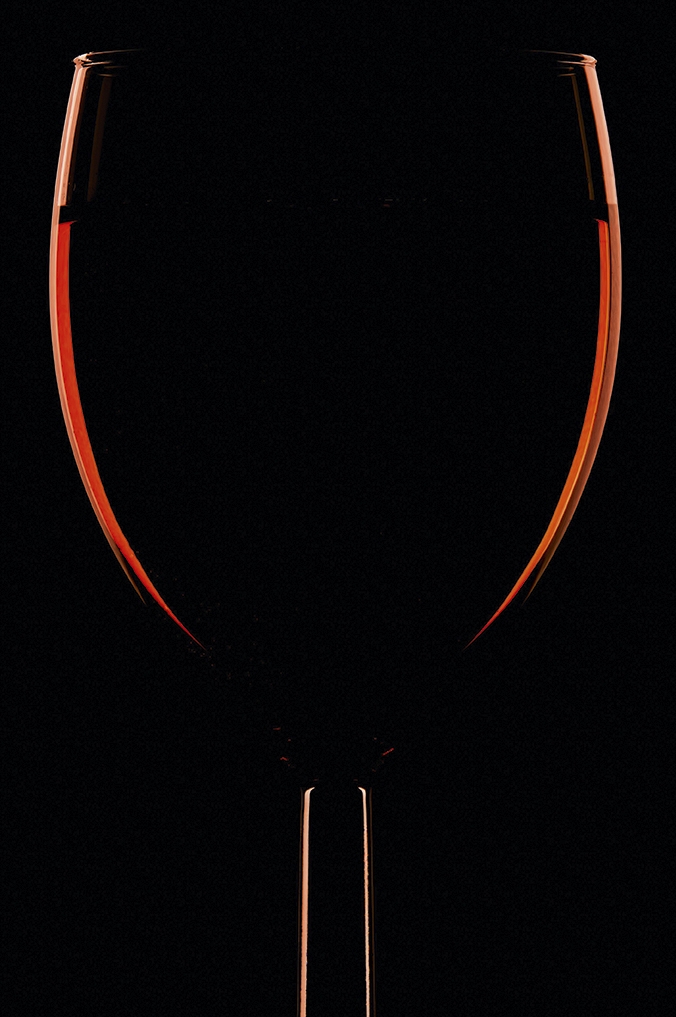Get Premium access to all the latest content online
Subscribe and view full print editions online... Subscribe
Italy’s answer to pinot noir is happiest in the soils of Piedmont, where it can mature fully to create fruity, fragrant reds
THE GRAPE
The Italian equivalent of pinot noir and native to Italy, nebbiolo
is very fussy about where it grows. When the grape is planted in the right soil, however, it expresses its terroir as eloquently as the finest
reds from Burgundy and for a less ruinous price-point (though it’s still not
cheap). The most prestigious bottles come from the DOCG villages of
Barolo and Barbaresco in the Langhe hills of Piedmont, between Turin and
Genoa, where the autumn mist – nebbia – gives the grape its name. But look out too for better-value wines labelled as Langhe Nebbiolo.
THE TASTE
Nebbiolo wines are high in both acidity and tannin, which means the
grapes must ripen fully in order to have enough fruit to balance the
astringency, with alcohol levels of around 14 per cent. But they’re famed as
much for their fragrance as their flavour: expect violet, dark roses, mint and
sometimes tar, qualities that only become more concentrated with time.
These are wines that can typically age for between five and 20 years,
traditionally in old casks of Slovenian oak.
THE PAIRINGS
When the nebbiolo grape is harvested from the vine in October,
the white truffles for which Piedmont is equally famous are being sold at
the market of Alba. Should your budget allow, try a glass of nebbiolo
with a bowl of buttery pasta or risotto under a snowdrift of freshly
shaved white truffle. Alternatively, anything cheesy, creamy and
autumnal is a more affordable match – cheese fondue, grouse or
guinea fowl – or veal chop adorned with crisply fried sage leaves.
THE VINES
The precise plot of land in the Langhe hills on which a vine is
planted will make a big difference to the wine produced – a lot
depends on altitude and aspect. Global warming has even
been beneficial for Piedmontese nebbiolo, allowing the grape
to reach its full maturity more frequently in recent years.
Words by Ben MaCormack

This Article was taken from the October 2024 issue of Food and Travel. To subscribe today, click here.
An unfiltered wine from a single vineyard just beyond the Barolo DOCG border but exhibiting the classic qualities of petals and earth on the nose – like a rose garden after the rain – and tar and black cherry on the palate, with a twist of citrus.
Available at:£19.96, jeroboams.co.uk
Forking out 20 quid for a supermarket own-label wine might sound unusual, but so is a Barolo DOCG at this price. Tick off the checklist of Barolo USPs – sour cherries, herb- infused tannins, menthol freshness – while enjoying this tightly structured wine with autumn game.
Available at:£20, groceries.morrisons.com
Made from younger vines within the Barbaresco appellation and designed to be drunk young too. Expect rose on the nose and cherry on the palate.
Available at:£14.95, thewinesociety.com
Serralunga d’Alba is one of the most prestigious villages within the Barolo DOCG and Paolo Manzone one of its most renowned producers. This is both traditional and approachable, with a pot pourri of rose and cherry leading to a savoury, gamey finish.
Available at:£39, amathusdrinks.com
Subscribe and view full print editions online... Subscribe